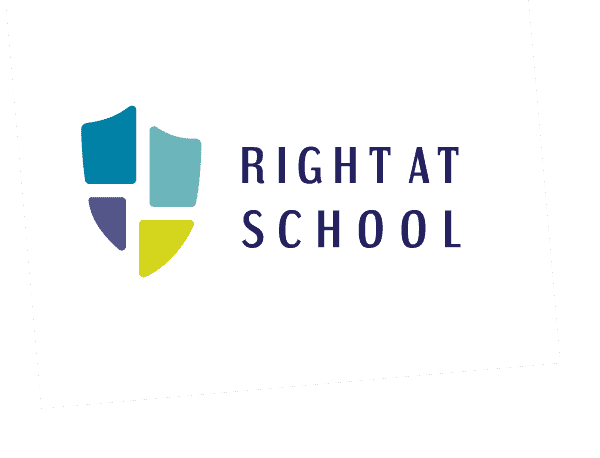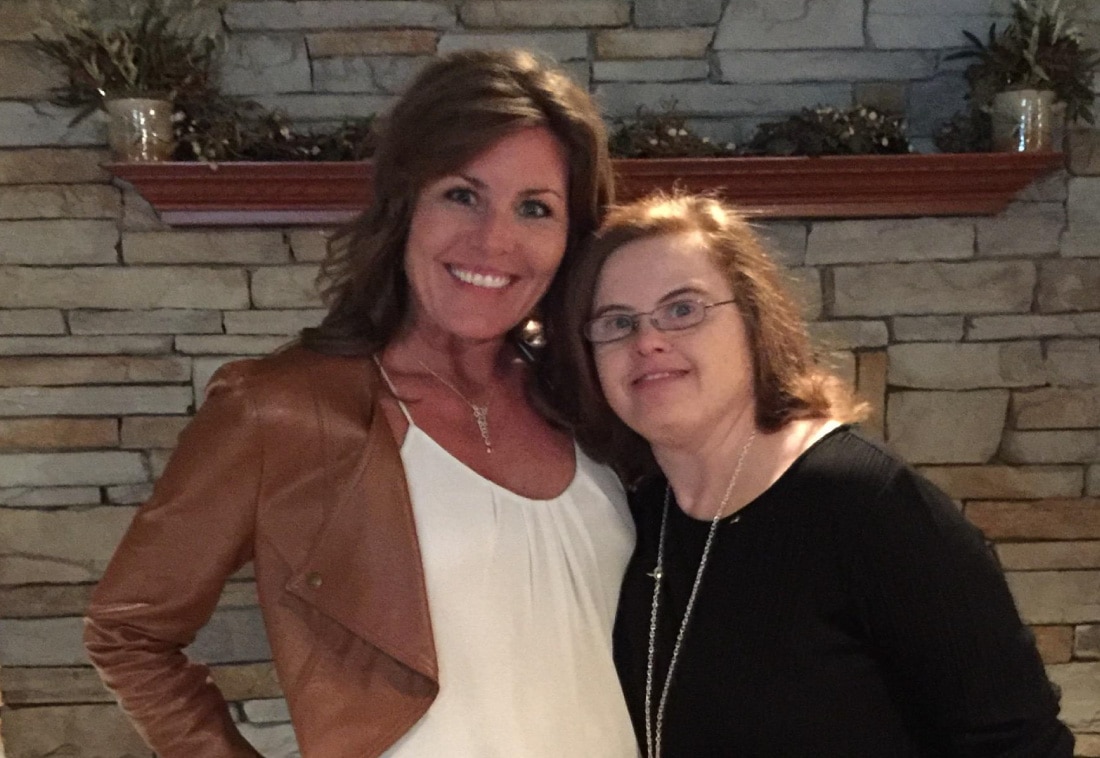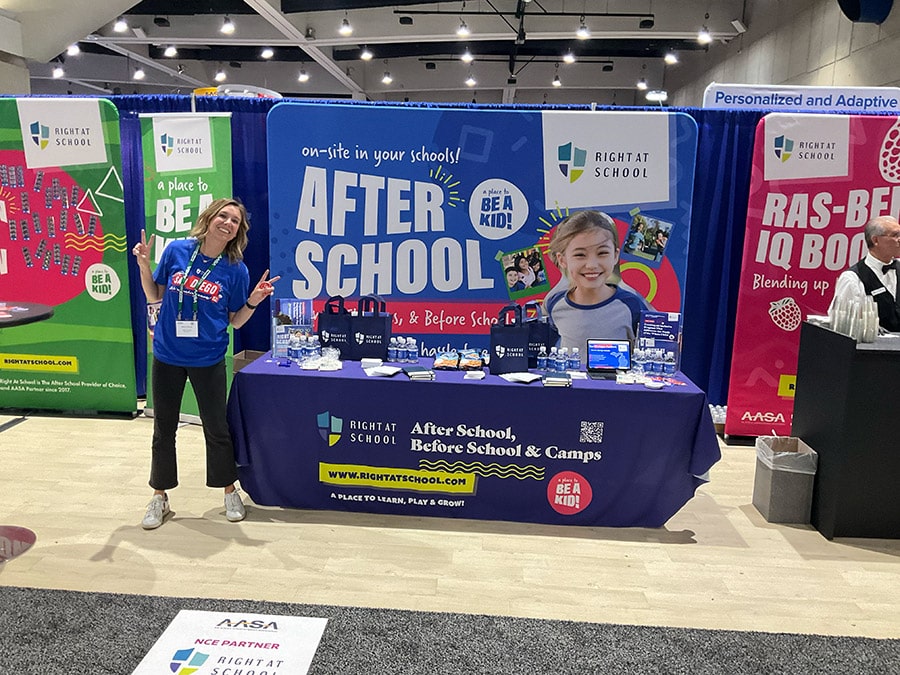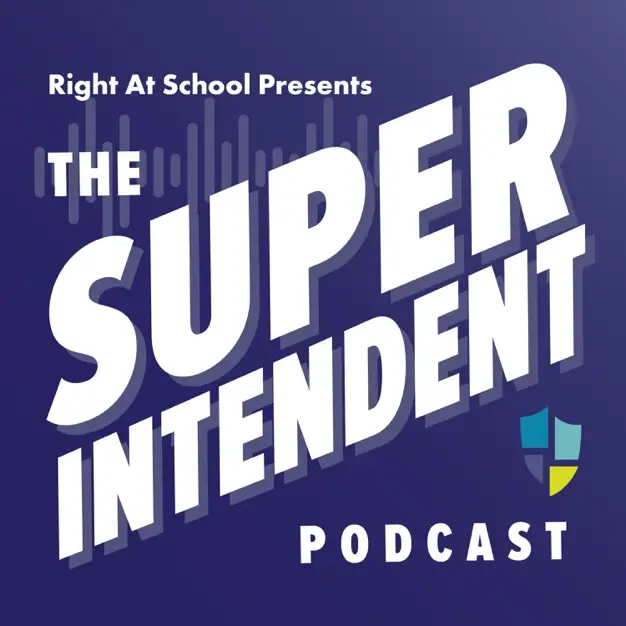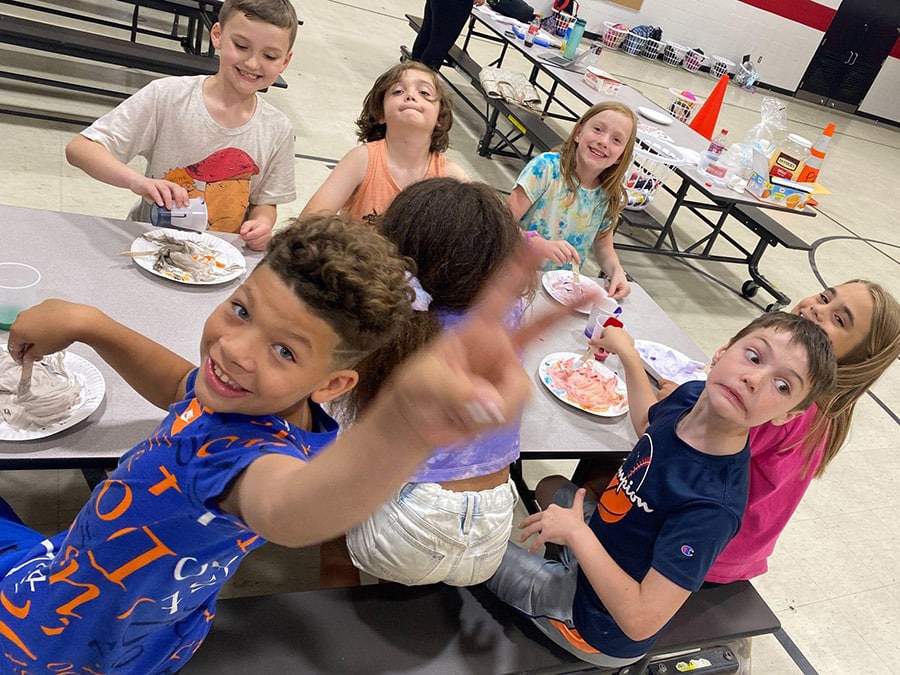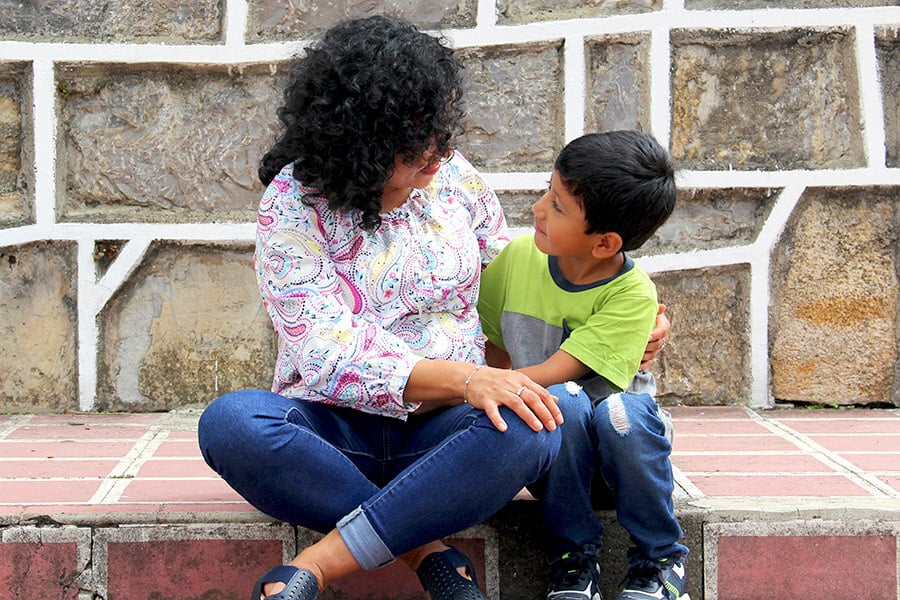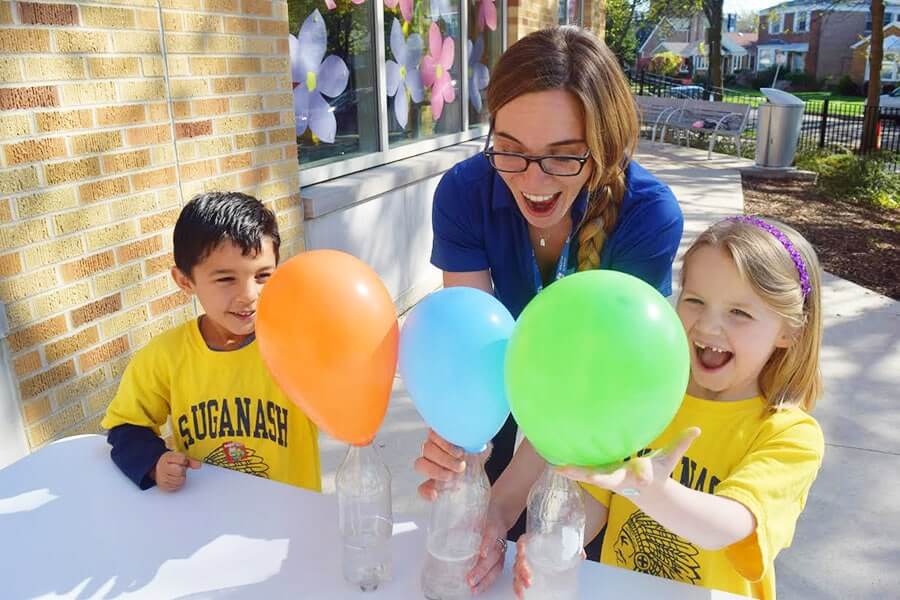In the world of modern education, school districts have the responsibility of ensuring that approximately 1,000 hours of classroom time each year are not just ticks on the clock but cherished opportunities for student growth. These hours hold the promise of shaping bright futures for countless young minds, making it all the more important to provide top-notch education.
But let’s not forget the other side of the coin. The additional 1,000 hours per year that students spend in childcare before and after school are equally important. These hours hold the potential to be just as transformative for child development, impacting their physical, mental, social-emotional, and academic well-being in remarkable ways.
Every student needs a robust system of support, one that covers all the bases. But guess what? Schools can’t do it all between the hours of 8:00 AM- 3:00 PM , and they certainly can’t do it alone.
This is where community partnerships come into play. School districts are always on the lookout for ways to enrich their programs and services. The path they often tread is the Request For Proposal (RFP) process – a pathway to finding those perfect partners who share their mission and vision.
In this blog post, we’ll outline six essential factors that every school district should consider when evaluating potential vendors for an RFP.
The additional 1,000 hours per year… hold the potential to be just as transformative for child development, impacting their physical, mental, social-emotional, and academic well-being in remarkable ways.
Seek a flexible, high-quality enrichment curriculum tailored to student and family needs.
During traditional learning hours, educators take great pride in a holistic approach to supporting students. According to the AfterSchool Alliance, high-quality extended day programs focus on developing social-emotional competencies, expanding academic skills, and facilitating connections to schools and communities. Third-party partners should continuously seek to create a warm, welcoming, and inclusive environment for all students by practicing culturally-responsive pedagogy and fostering positive identity development.
This development includes providing programs that:
- Offer S.T.E.A.M. focused curriculum.
- Use CASEL’s social-emotional learning standards.
- Tap into experiential education.
- Embed opportunities for students to be challenged while having FUN.
- Align with state academic standards.
Flexible partners should have the capacity to adapt to the potential modification of timelines and align with the district’s strategic goals and plan so students can spend more time meeting standards and learning targets.
What to ask:
“Please provide two examples of how you adapt to the needs of students and families in a similar district.”
Find a partner that aligns with your vision and eases the implementation workload for school administrators.
Is the provider able to demonstrate their alignment with your district goals? Partnering with a flexible, responsive school district means advancing your vision to inclusively nurture and prepare all students for their future growth and success. Take the time to explore the provider’s core values, educational philosophy, and program design, and inquire about how these elements align with the vision, beliefs, and objectives of your district.
When it comes to implementation, ask the provider what kind of communication plan is put in place to ensure an open dialog with all stakeholders. To ensure a smooth program launch and ongoing operations, it’s essential to maintain regular check-ins with district administrators and school principals to discuss shared space, support for children with special needs, and share family feedback.
What to ask:
“How does your company, your programs, and your team actively engage as partners with school districts? Please provide examples of how your mission aligns with our unique District goals.”
Seek providers who prioritize compliance and align closely with district initiatives.
When considering providers, prioritize those who run programs that are fully licensed, in complete accordance with your state’s stringent regulations. This commitment entails hosting state inspections, employing qualified staff who undergo thorough background checks before interacting with children, conducting consistent monthly compliance assessments, and offering dedicated support for any ongoing professional requirements.
What to ask:
“How will you strategically build our program staff with individuals whose skill sets and personalities balance one another and meet the unique needs of our students? What opportunities are available to staff members to enhance their professional development over time?”
Seek community-driven teams that embrace state or local initiatives to better connect students with their neighborhoods.
Go beyond inquiring about a provider’s willingness to hire existing paraprofessional staff. Instead, challenge them to identify how their new team will integrate into the school’s fabric and actively foster engagement with families. Look for concrete examples of their adaptability and capacity to truly listen to families. For example, how does the vendor communicate with families in their native languages and use modalities that are most effective for connection? (email, text. written/printed letter, in-person communication, etc.)
Vendors who hire local and consistently participate in school and district events, gain a deep understanding of community norms and school nuances, effectively bridge the gap between schools and families.
What to ask:
“We are in search of partners, not just providers, committed to engaging every student and fostering relationships with caregivers and families. How does your organization provide pathways for positive communication for both local and global engagement?”
Look for partners who champion a holistic ecosystem of support for all students and families.
A comprehensive student support ecosystem operates from 7 am to 6 pm, encompassing both before and after-school care providers, as well as the school district itself. This collaborative partnership bears the responsibility of consistently nurturing students from the instant they enter school grounds until learners leave at night.
This ecosystem is driven to create a warm, welcoming, and inclusive environment for all students by practicing culturally-responsive teaching and fostering positive identity development. In addition to ensuring equitable access to programs for all students and families; vendors should serve as an extension of your instructional day, complementing rather than replacing your own efforts.
This is why alignment with the goals of your district and the needs of your students is crucial. When programming is highly intentional, encompassing meticulously crafted content and methodologies that cultivate 21st-century skills, students forge stronger connections with their school, local surroundings, and the global community. This, in turn, nurtures a positive personal identity characterized by a profound sense of belonging within a respectful community, intrinsic motivation, unwavering persistence, and a belief in oneself.
What to ask:
“What does being an ecosystem of support mean to your company? Provide examples of how you are currently providing ecosystems of support in similar districts.”
Seek partners who value and celebrate diversity on all levels – from neurodiverse students to multilingual families.
If your district supports and honors all students, regardless of ability, needs, or background, then so should your vendors. You can identify how partners do this through program structure and curriculum that expands opportunities for students. This presents them with the chance to cultivate their passions and test out their abilities in a safe space beyond the confines of the conventional school day.
Can the vendor provide examples of how their team identifies and addresses the special academic, physical, emotional and/or medical needs of all students enrolled in the program? Communication is the key to creating a highly inclusive environment that promotes the educational, social, emotional, and personal development of all children.
Another way to identify if a potential partner values diversity is by providing real-world examples of project-based activities and self-directed learning where students share accomplishments and build collaborative relationships with staff and peers.
While participation in a variety of culture-based holidays and related activities is an excellent way to celebrate diversity, meeting caregivers and guardians where they’re at through communication helps build trust and ultimately, better outcomes for students.
What to ask:
“What kind of training does your staff have in varied learning styles? How do you celebrate multilingual learners?”

Conclusion
Selecting the right vendor through a Request for Proposal (RFP) process can significantly shape the educational landscape within school districts. By prioritizing key aspects such as alignment with district goals, a track record of successful collaboration, flexibility in catering to unique student needs, a commitment to 21st-century skill development, and the ability to seamlessly integrate with the existing educational framework, districts can ensure a transformative partnership.
The vendor-district partnership should not merely be transactional, but a synergistic journey focused on enhancing the learning experience for all students. As districts embark on this crucial selection process, keeping these five considerations in mind will pave the way for a successful, enriching, and forward-looking educational experience.
The vendor-district partnership should not merely be transactional, but a synergistic journey focused on enhancing the learning experience for all students.
